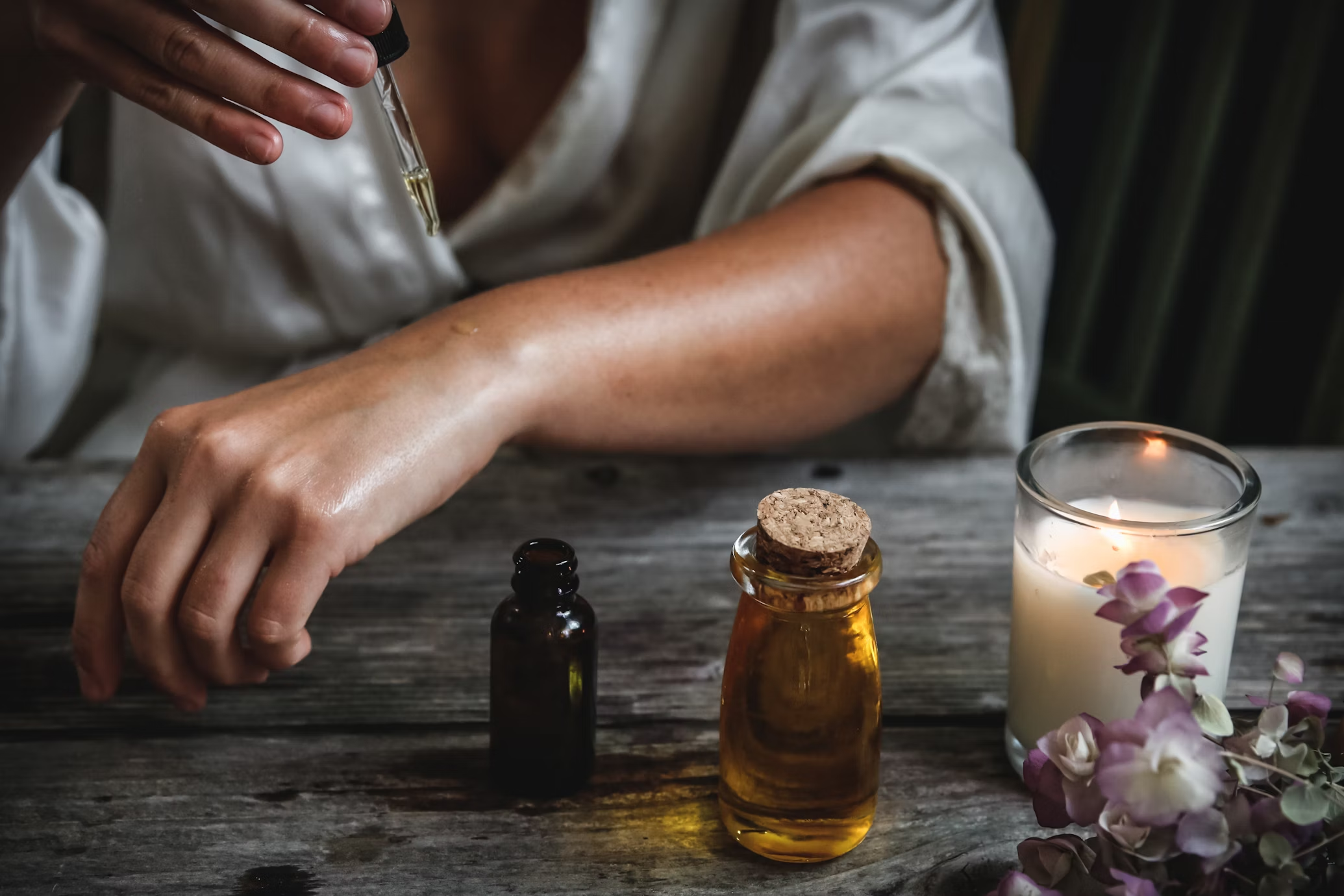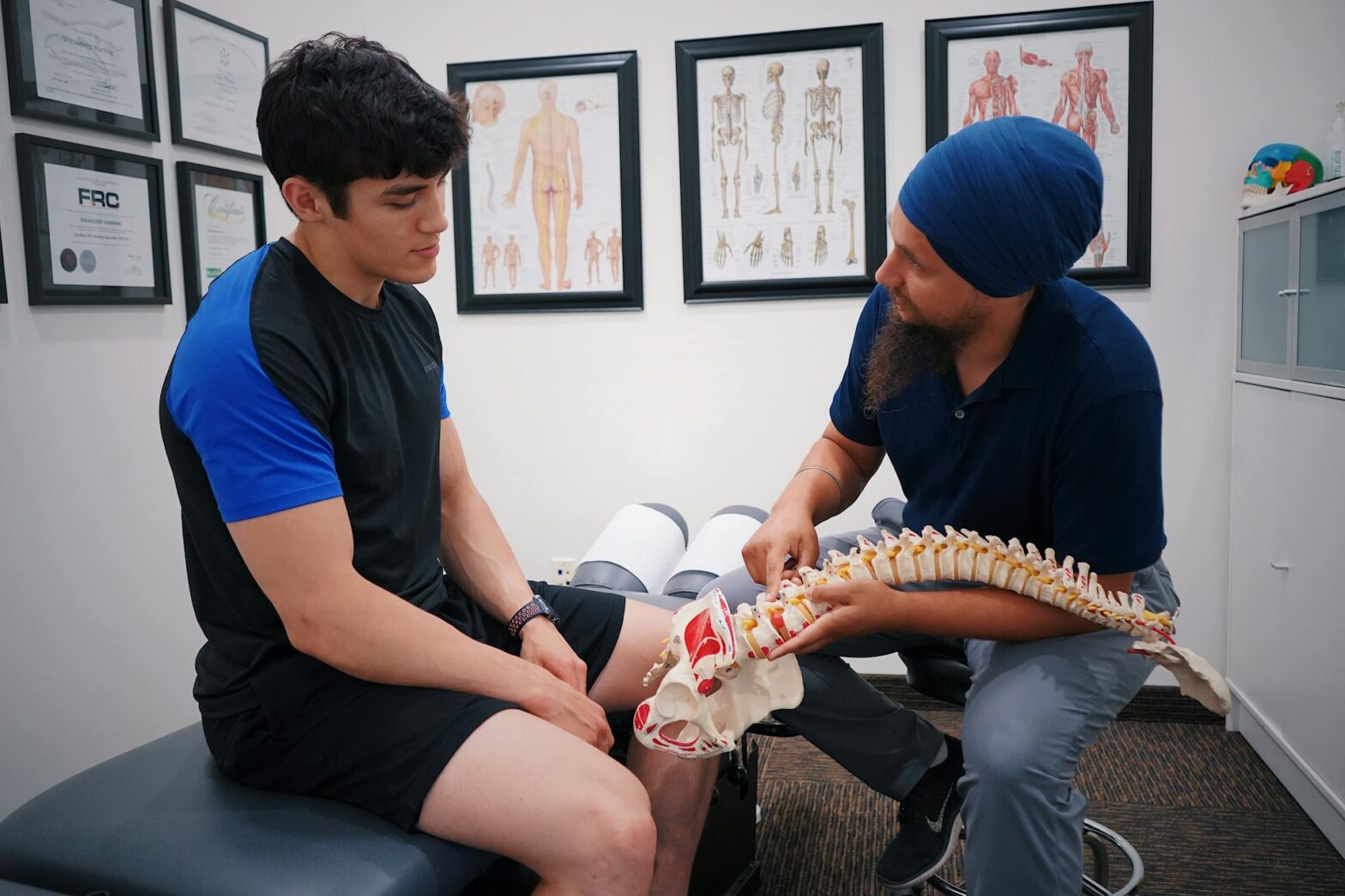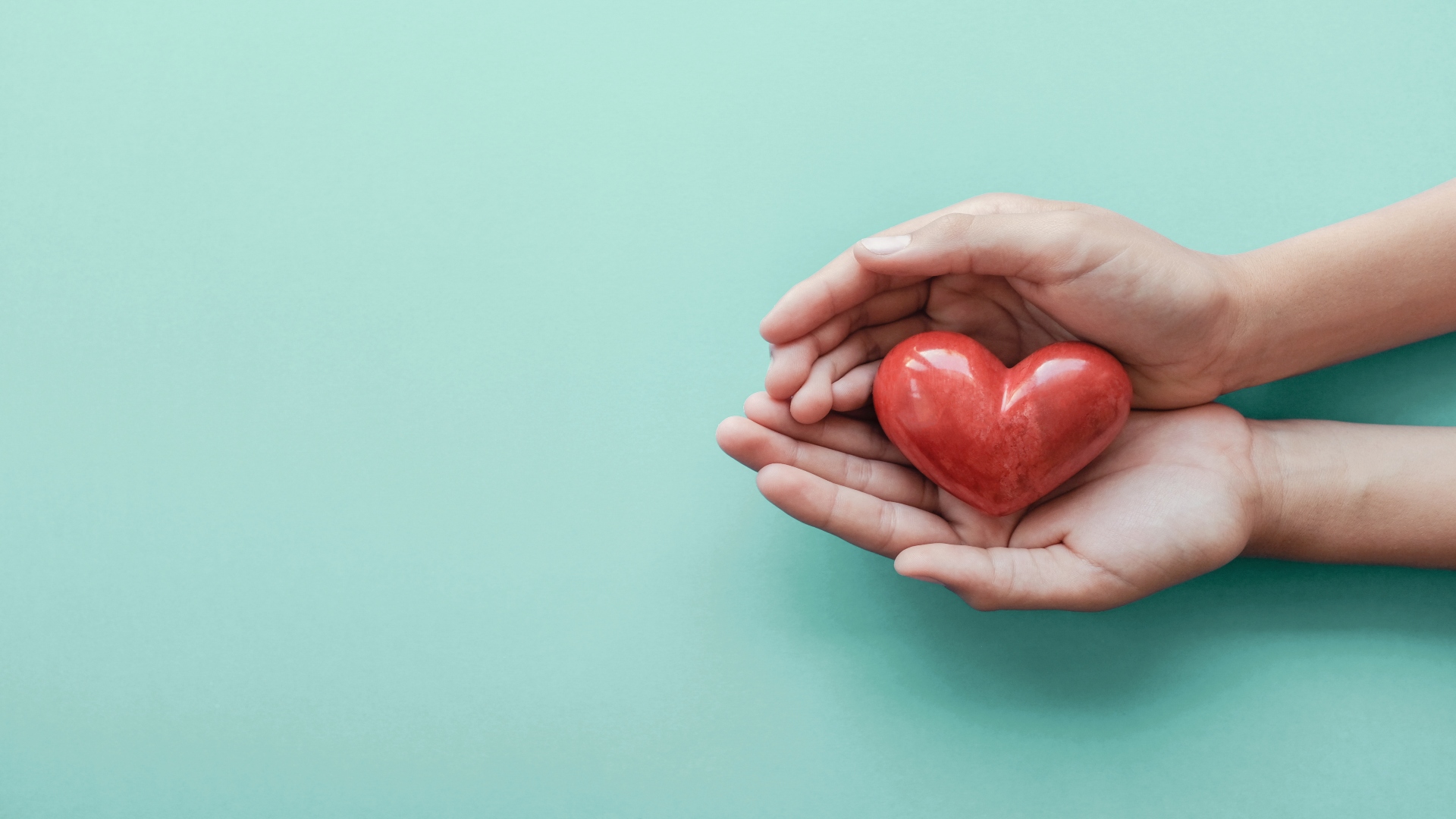In the UK, approximately 1 in 5 adults aged 16 years old or older have experienced domestic abuse after turning 16. That’s 10.4 million people. Domestic abuse is a huge problem in the UK, and can affect both men and women.
The Government defines domestic abuse as ‘any incident of threatening behaviour, violence or abuse (psychological, physical, sexual, financial or emotional) between adults who are or have been in a relationship,’ or ‘between family members, regardless of gender or sexuality.’
In this piece, specialist domestic abuse solicitors Beecham Peacock explore four practical ways that you can support somebody dealing with domestic abuse.
Key Findings:
- 1 in 5 adults aged 16 years old or older have experienced domestic abuse.
- The number of domestic abuse-related crimes recorded by police in England and Wales increased by 7.7% in 2022.
- The Crown Prosecution Service (CPS) domestic abuse-related charging rate in England and Wales increased for the first time in four years to 72.7% in the year ending March 2022.
- The National Domestic Abuse Helpline delivered 50,791 support sessions through phone call or live chat in the year ending March 2022.
- The police recorded 1.5m domestic abuse-related incidents and crimes in England and Wales in the year ending March 2022.
Signs Of Domestic Violence And Abuse
Physical marks and other telltale indications of domestic violence may be simple to spot. Others might be things you can conveniently explain or overlook.
Someone who is being physically abused may have regular bruises or physical injuries associated with being choked, punched, or knocked down — and they are likely to have a weak or inconsistent explanation for these injuries.
Domestic abuse can have a significant emotional impact and leave victims feeling hopeless, helpless, or depressed. People who have experienced domestic violence may come to believe that they will always be under the abuser’s control, or be constantly on edge to the point where they can never truly relax.
If you begin to notice a negative change in a friends’ behaviour, as well as a growing number of unexplained injuries, it is possible they may be dealing with domestic abuse.
Dealing with Domestic Abuse
- Start a conversation
If you have noticed some of the above signs in friends – such as hiding bruises with clothes or a reluctance to talk about where their injuries have come from – they may be a victim of domestic abuse. If this is the case, they are likely to find talking about it difficult.
It might be worth initiating a conversation and explaining your concern, along with reassurance that you would be discreet with any information you share. Allow the conversation to develop at a comfortable pace rather than attempting to force the other person to open up.
If the individual does want to speak, pay attention to what they have to say without passing judgement, giving suggestions, or making judgements. If you pay close attention, the person will probably tell you exactly what they need. Just give the speaker a chance to finish their sentence.
- Validate the victim’s feelings
Victims of domestic abuse can often feel conflicted about their partner or abuser and their situation. These feelings are often a combination of guilt, despair, love and fear.
It’s important that you validate their feelings by letting them know that these conflicts are normal. However, it’s also crucial to stress that using violence or emotional abuse is unacceptable and that living in constant fear is not normal.
In some cases, victims may not realise that their circumstances are not normal because they have no other models for relationships and have gradually become accustomed to the cycle. Regardless, it’s important that the person in question feels your support and validation – often these feelings can empower domestic abuse survivors to take action, in spite of their fear.
- Offer informed support
Help the victim find support and resources. Look up telephone numbers for shelters and social services or explore legal options or support groups – it can be helpful for a survivor of domestic abuse to know they aren’t alone.
Women can call The Freephone National Domestic Abuse Helpline, run by Refuge on 0808 2000 247 for free at any time, day or night. The staff will offer confidential, non-judgemental information and support. Men can call Men’s Advice Line on 0808 8010 327 or visit the webchat at Men’s Advice Line for non-judgemental information and support. Specialist emotional and practical support is available from Galop on 0800 999 5428 for LGBT+ survivors of domestic violence.
You’ll also want to help them get information on any laws regarding protective orders/restraining orders and child custody information. Ultimately, the decision to bring legal proceedings against an abuser lies with the survivor. Depending on the nature of each case and the victim’s preferred outcome, there are various different routes to explore. If the case goes to court, the victim may be expected to give evidence against an abuser. Specialist legal teams can coach victims through this process, but please be aware this can be difficult, both mentally and emotionally. If a case goes to trial, the abuser could face a prison sentence, and could also be subject to a restraining order – which could help give peace of mind for safety.
If the victim has received an injury as a result of crime or violence, they may be entitled to receive compensation through the Criminal Injuries Compensation Scheme.
For many people, the associated costs are a barrier to pursuing and receiving the proper help and support from solicitors. However, subject to a means assessment, victims could be entitled to receive legal aid to help pay fees.
- A Safety Plan
Assist the victim in developing a safety plan that can be used if there is further violence or if they decide to escape the circumstance. Making a plan may help them visualise the steps that are necessary to break the system of abuse. In many cases, this preparation is as much mental as physical – often domestic abuse survivors cannot even fathom the thought of leaving, for their own safety.
The decision to leave and seek support must be made by the victim of domestic abuse, even though it may be your natural instinct to “rescue” someone you care about from abuse. The first step for you, however, is awareness. By regularly checking in with your family and friends and learning the signs of domestic abuse, you could help prevent further harm, and even save a life.

















